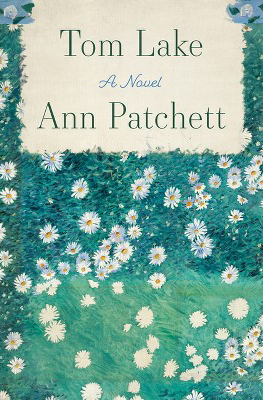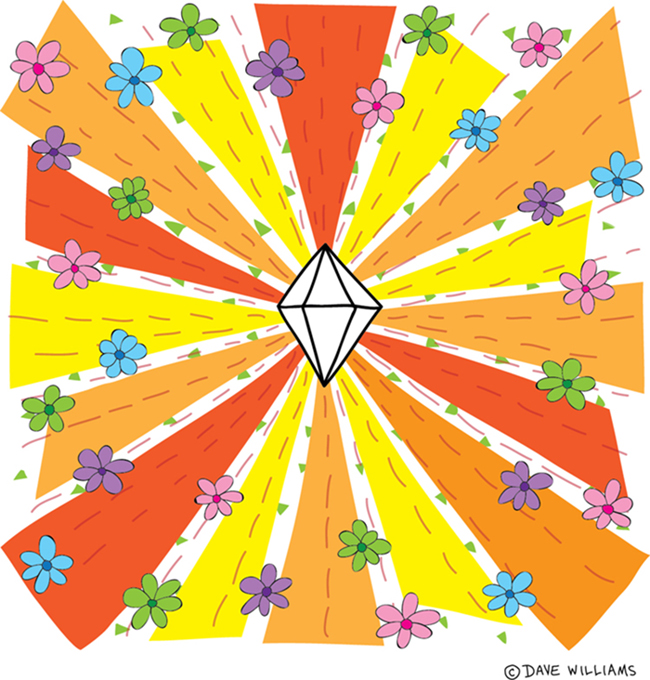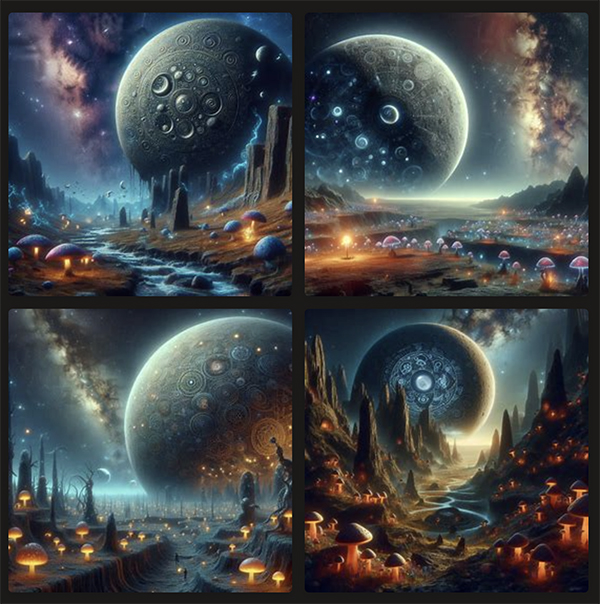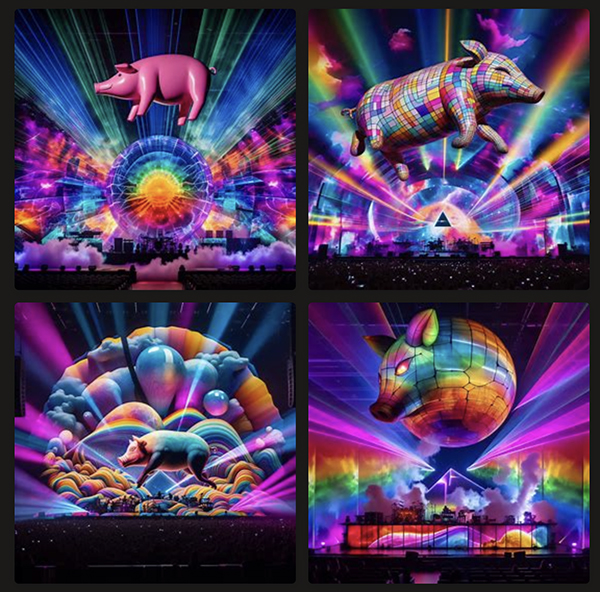A few days ago, I sang the praises of several Harlan Ellison’s stories. To give you a taste of his writing, here are two paragraphs from his short story “Eidolons” (meaning phantoms).
The first paragraph has to do with despair and helping each other through it. I’m not including it to emphasize the despair, but to emphasize the comfort we are capable of giving others.
*Please note* the first passage includes language of a person having suicidal thoughts. Please consider skipping the passage if this is a trigger for you.
The second paragraph suggests we shouldn’t closely investigate the sense of wonder. Instead, we delight in it. I’m a huge fan of the sense of wonder, which I feel from nature, books, art, music, architecture, and so forth.
“Did you have one of those days today, like a nail in the foot? Did the pterodactyl corpse dropped by the ghost of your mother from the spectral Hindenburg forever circling the Earth come smashing through the lid of your glass coffin? Did the New York strip steak you attacked at dinner suddenly show a mouth filled with needle-sharp teeth, and did it snap off the end of your fork, the last solid-gold fork from the set Anastasia pressed into your hands as they took her away to be shot? Is the slab under your apartment building moaning that it cannot stand the weight on its back a moment longer, and is the building stretching and creaking? Did a good friend betray you today, or did that good friend merely keep silent and fail to come to your aid? Are you holding the razor at your throat this very instant? Take heart, comfort is at hand. This is the hour that stretches. Djam karet.[*] We are the cavalry. We’re here. Put away the pills. We’ll get you through this bloody night. Next time, it’ll be your turn to help us.”
* Djam karet = “elastic time” from Indonesian (from Wikipedia entry on the musical band Djam Karet)
“Hear the music. Listen with all your might, and you needn’t clap to keep Tinker Bell from going into a coma. The music will restore her rosy cheeks. Then seek out the source of the melody. Look long and look deep, and somewhere in the murmuring world you will find the storyteller, there under the cabbage leaves, singing to herself. Or is that a she? Perhaps it’s a he. But whichever, or whatever, the poor thing is crippled. Can you see that now? The twisting, the bending, the awkward shape, the milky eye, the humped back, do you now make it out? But if you try to join in, to work a duet with wonder, the song ceases. When you startle the cricket its symphony ceases. Art is not by committee, nor is it by wish-fulfillment. It is that which is produced in the hour that stretches, the timeless time wherein all songs are sung. In a place devoid of electrical outlets. And if you try to grasp either the singer or the song, all you will hold is sparkling dust as fine as the butter the moth leaves on glass. How the bee flies, how the lights go on, though the enigma enriches and the explanation chills…how the music is made…are not things we were given to know. And only the fools who cannot hear the song ask that the rules be posted. Hear the music. And enjoy. But do not cry. Not everyone was intended to reach A above high C.”
***
“Eidolons,” is in Harlan Ellison’s short-story collection Angry Candy, originally published in 1988 by Houghton Mifflin Company. Later published in 2016 by Dover Publications, Inc.









